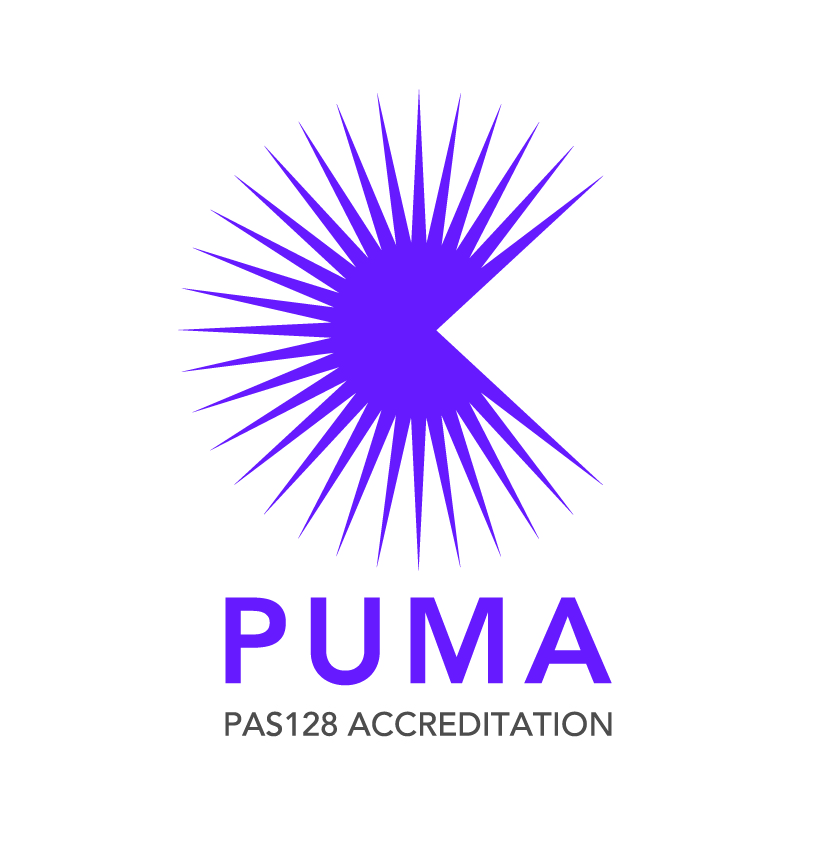Quality and accuracy
As part of our geospatial survey offering, we can locate the presence or absence of underground services on prospective building sites. To do this, we use ground penetrating radar (GPR) and other electromagnetic equipment. As a member of the professional body, The Survey Association (TSA), our membership allows us to apply to become certified with the association’s own PAS 128 accreditation.
PUMA – or PAS 128 Utility Mapping Accreditation – provides a benchmark and creates a national standard for best practice for underground surveys. This demonstrates that certified survey companies work to a set professional standard that they are committed to continuous professional improvement. TSA has created the trailblazing PAS 128 accreditation scheme specifically for utility surveying companies that are TSA members.
The accreditation scheme is the culmination of 10 years of development work by TSA. PUMA will provide clients of certified survey companies a resolute confidence in the level of service and the quality of data provided, as well as saving them time and potentially costly delays. In addition to raising standards, it proves that all PUMA-certified survey companies that claim to work to PAS 128 criteria authentically do so. The new PAS 128 Accreditation Scheme for utility surveying companies is run by LRQA, a global leader in quality assurance, certification and inspection services. According to HSE regulations, anyone wishing to excavate a site should be aware of what services are located below, before breaking ground and commencing work. This may seem like common sense, but it’s surprising the amount of times this guidance is ignored or bypassed.
Levels of accuracy
PAS 128:2022 is a best-practice specification on the gathering of underground services data. This data can be used to create detailed drawings or models that show the specific location of underground services. These services can be identified by any of the PAS 128:2022 Quality Levels. The standard for these levels is based on such aspects as survey type, location accuracy and level of supporting data.
The PAS 128 Quality Levels are D, C, B, A. These are graded by survey type, relative location accuracy and relative cost. Level D is a Desktop Utility Records Search, which is the least accurate and least expensive and is essentially based on background research of existing utility stats plans. Level C is a Site Reconnaissance, which is still Medium to Low in terms of accuracy and Medium in terms of cost. Level B involves Detection with ground penetrating radar and electromagnetic equipment and is Medium High in accuracy and Medium in cost, while the most expensive option, Level A is Verification, which offers the most accurate results by unearthing the service so that it can be viewed with no doubt as to what utility it is. Our most popular quality level is within Level B, Detection.
When we carry out an underground utility detection survey, we’ll provide you with comprehensive services locations to the required PAS 128:2022 British Standard. The standard requires that our drawings show the position, type and depth of live, abandoned or redundant service networks based on the PAS 128:2022 Quality Levels outlined above and agreed upon in advance of the work being carried out.
If you’d like to find out more about the PUMA accreditation or would like to engage us to undertake an underground utilities survey, then get in touch today.








